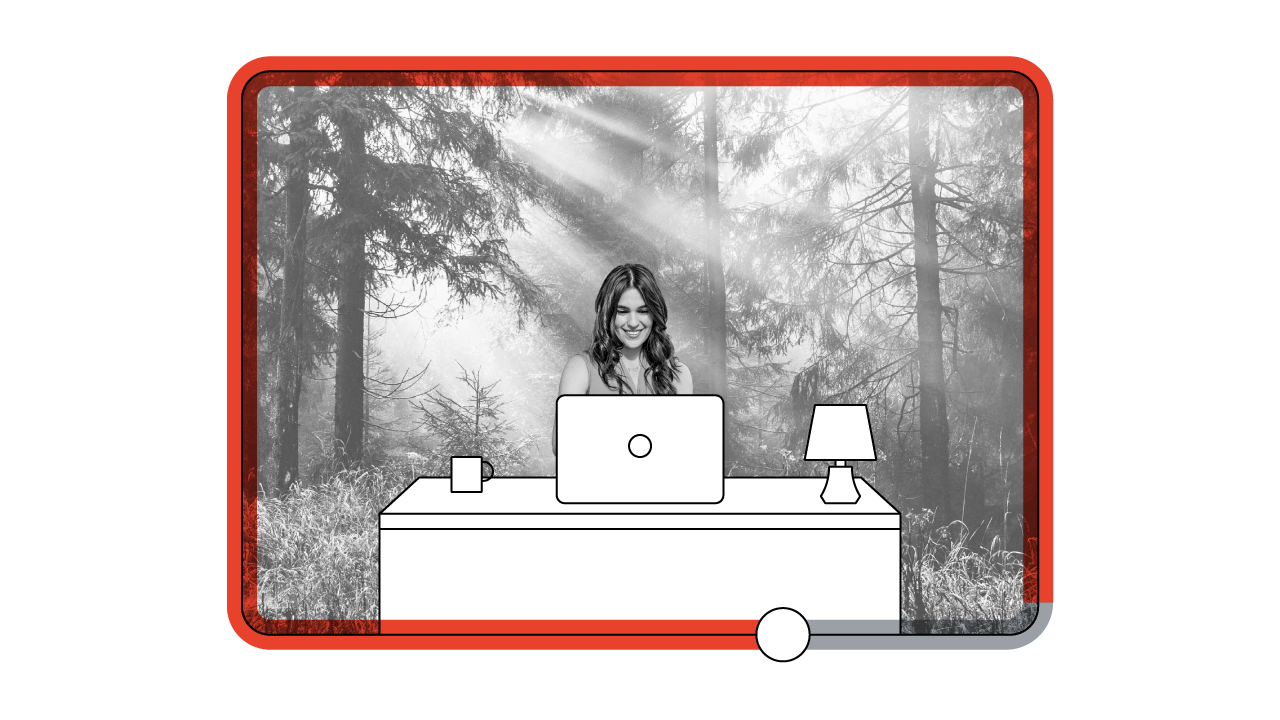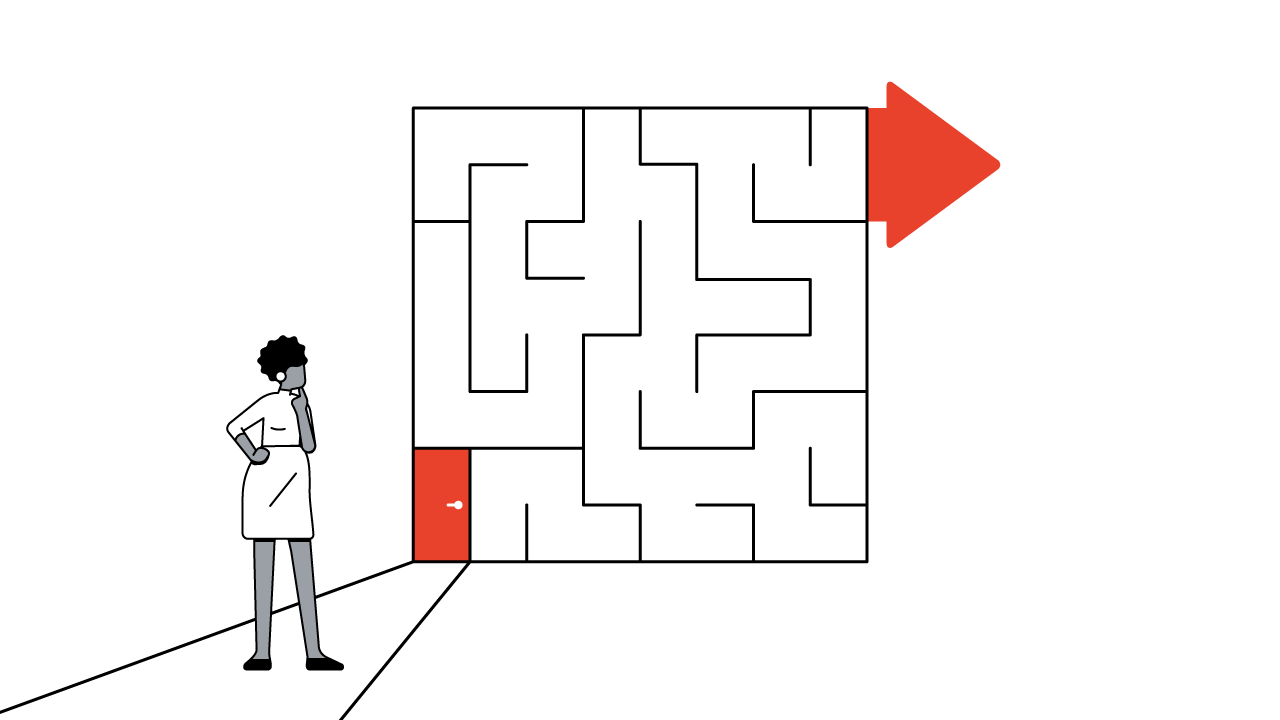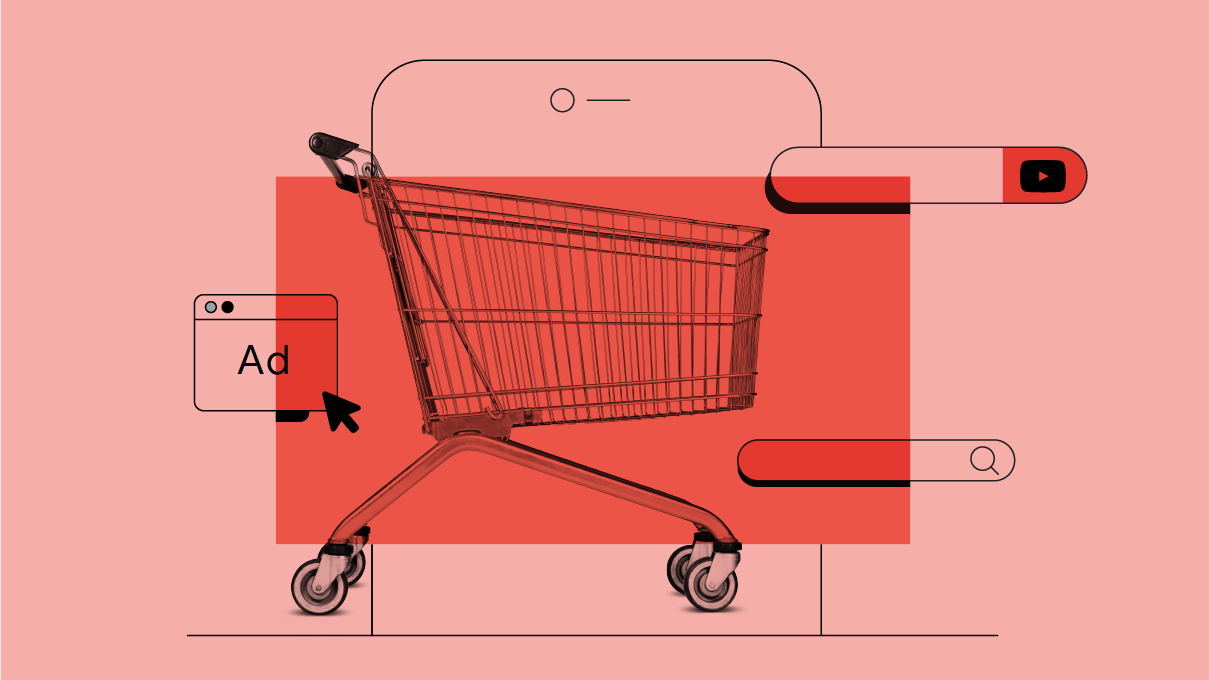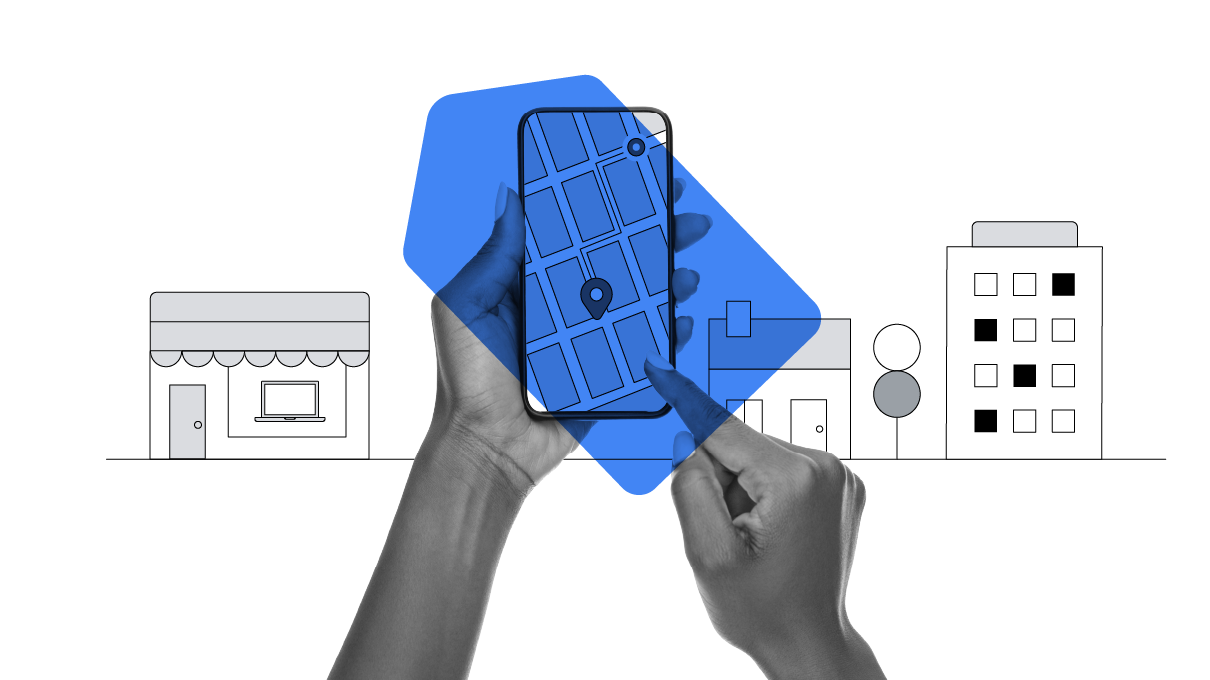“My YouTube homepage is incredibly personalised to me. The algorithm has known me for 15 years. I would never make a new account because it's so easy to find something that interests me on mine!”
— Female YouTube user, 18-24, Europe, the Middle East, and Africa (EMEA).1
Just like furniture you’ve built yourself, people are more likely to value their YouTube account if they’ve had a role in shaping its content. This is known as “The Ikea Effect”.
This empowerment is helping viewers customise what they watch. It is also helping creators build a much closer relationship with viewers through a feedback loop that develops suggested content algorithms and influences future content.
The act of curating, and even co-creating, their own media universe gives viewers a sense of ownership. The content is not just entertaining: it’s theirs.
Advertisers can play a crucial role in supporting this creativity and, with it, meeting viewers where they are most connected to today’s culture.
Don’t touch my YouTube
“The smart TV [compared to traditional TV] gives me my own direction. So I don't have someone who [tells me] what I'm watching… I can turn the controls [on] myself and watch my own content. That is a sense of freedom that is very important to me.”
— Female YouTube user, 45-54, EMEA.2
This comment from another anonymous YouTube viewer shows the emotional attachment people have when they can decide what content they watch. And the more empowered viewers feel, the more deeply engaged they are.
Viewers’ expectations are now higher; they are no longer okay with just being served content. “The Ikea Effect” shows how people want to participate in the process, embracing the choice available to them and finding content that reflects their passions and interests to build personal, unique feeds.
In a survey by MTM, viewers ranked YouTube highly on this point, putting the platform first, ahead of broadcast, streaming, and social video when it comes to having content that is “for everyone”.3
Viewers are co-curators. Their choices work with Google AI — which takes note of signals and preferences — to suggest new content. But viewers are no longer content with just co-curating: they want to connect with video makers and be co-creators.
Viewers as co-creators
“My subscribers are vocal and tell me what they want, I have to be conscious of what I post.”
— Youtube creator, EMEA, with 75k+ subscribers.4
Professional creators have a unique connection to their growing audience. In fact, 18-34 year olds say they watch professional creators the most — more than traditional production companies.5
For many creators, it has become commonplace to ask their audience what they want to see next, with replies coming in the form of comments and reaction videos. This powerful feedback loop simultaneously heightens engagement while increasing the personal relevance of future content.
People are establishing strong relationships with creators: almost a quarter of surveyed viewers said that they feel as though the creators in the content they watch are friends to them.6 And they understand the economics of how it is produced, with 58% of YouTube users in our survey saying that they want to support the creators they relate to by watching ads alongside their content.7
“Most of the time ads on YouTube don’t really bother me at all. With some creators, if you have the option to skip, I’ll sit and watch it. I’ll watch the ads because I want them to get the revenue [as] I really appreciate the effort and time they put into their content”
— Male YouTube user, 25-34, EMEA.8
The empowered viewer
YouTube and other platforms have become indispensable to audiences, giving viewers the agency to access whatever they want, whenever they want.
They’re passionate about this content, invested in their favourite creators, willing to support them through watching ads, and deeply engaged in the processes of curation and co-creation of a broad range of video content.
Brands who play in this space can reap the rewards. YouTube’s ad ecosystem, powered by Google AI, offers solutions to meet viewers across all the ways they watch - by analysing a variety of signals such as the number of ads the viewer has seen, how the viewer typically engages with ads, the time of day, and much more.
“The Ikea Effect” is powerful. The blurred lines between creator and viewer are not only changing the viewing experience, but a feeling of ownership and empowerment is changing who ultimately owns and influences video culture. And why wouldn’t viewers feel this way: they’ve built it themselves.








